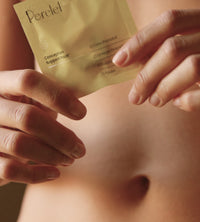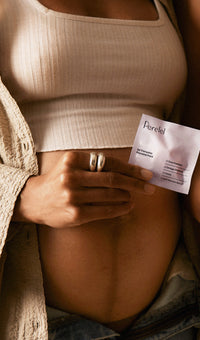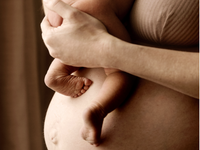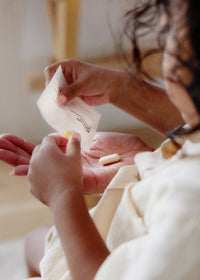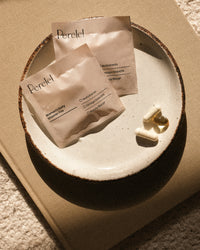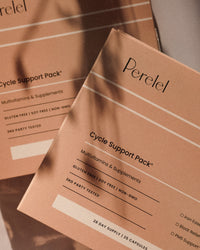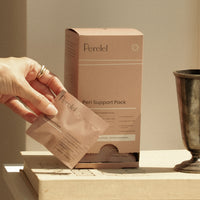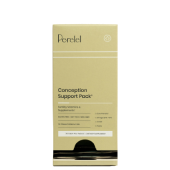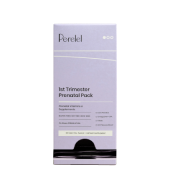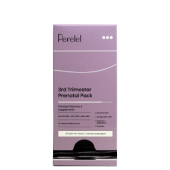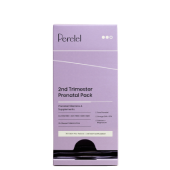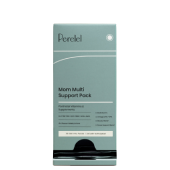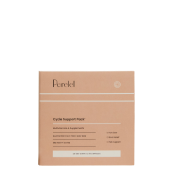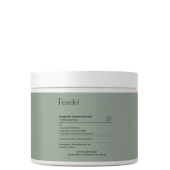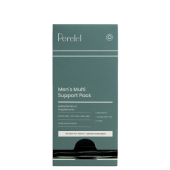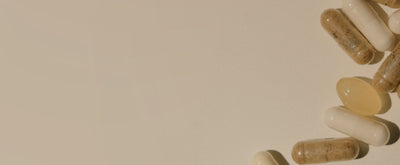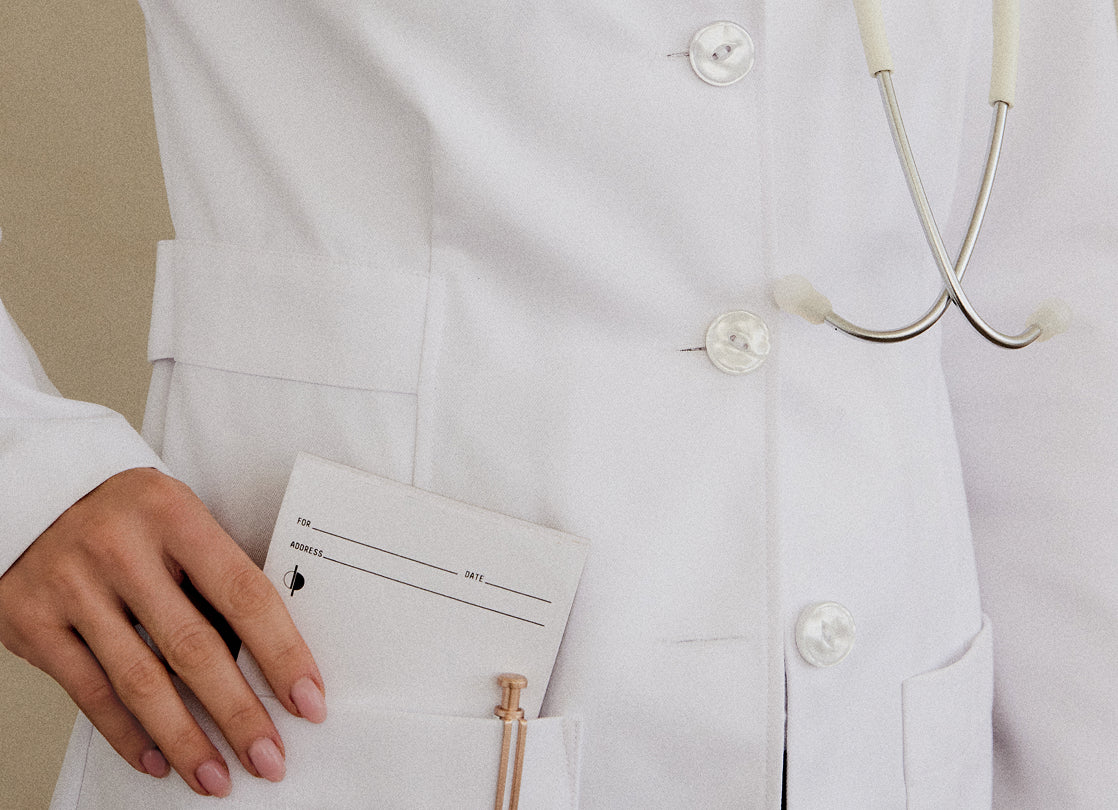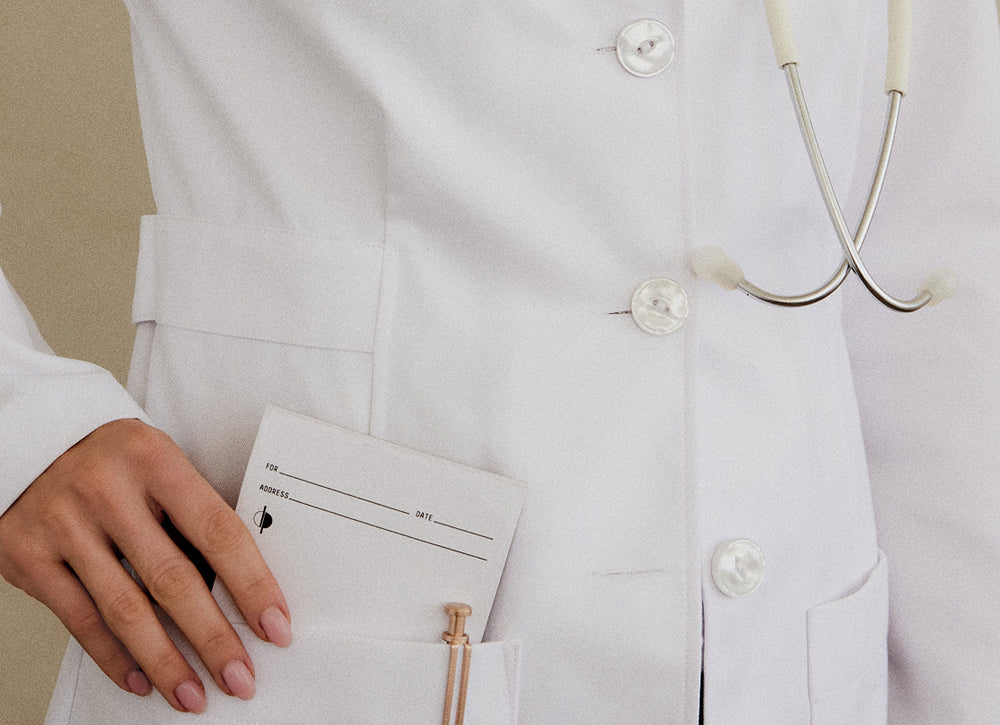If you’re trying to get pregnant, timing really is everything: In order to optimize your chances, it’s crucial to understand when during your menstrual cycle you’re actually able to conceive.
There are about six days of your cycle when you’re considered to be most fertile: the days leading up to ovulation, and about a day after ovulation occurs. This is known as your “fertile window.”
Here’s what you need to know about your fertile window—and how to make the most of it.
Why does the fertile window matter?
The fertile window is the span of time when intercourse is most likely to result in conception. “The fertile window is highest five days leading up to ovulation, along with the day of ovulation and the day after,” says Dr. Banafsheh Bayati, MD, OB/GYN, FACOG and Perelel medical co-founder.
That’s because sperm can live inside the female reproductive tract for up to five days, while an egg lives for about 24 hours after ovulation. In order for fertilization to occur, a viable sperm needs to be present when a viable egg is released into the fallopian tube. Having intercourse during the “fertile window” leading up to ovulation helps to boost your chances of this happening. 24 hours after ovulation, your chances start to drop off.
How to calculate the fertile window:
The average menstrual cycle lasts for 28 days, with Day 1 being the first day of your period. In a 28-day cycle, ovulation would typically happen around Day 14. This would make the fertility window start roughly around Day 9 and continue through the day after ovulation.
But most women don’t have an average menstrual cycle. In fact, anything between 21 and 35 days can be considered within the “normal” range.
So in order to calculate your fertile window as accurately as possible, it’s important to get acquainted with your own cycle. “It is always helpful to understand our body’s physiology, including our menstrual cycle,” Dr. Bayati says. “Understanding the phases and tracking our cycles can help lead to a better understanding of fertility.”
While cycle length can vary pretty widely from person to person, ovulation typically occurs 14 days before the start of your next period, regardless of how long your cycle is.
By tracking your cycle over the course of a few months, you can get a sense of your cycle length. If your cycle is pretty regular, subtract 14 from this number, and you’ll be able to estimate when you’re most likely to ovulate. If your cycle is typically 21 days, for example, ovulation is likely to occur around Day 7. If your cycle is 35 days, ovulation will likely occur around Day 21.
“It can take up to six months of tracking to really understand your cycle and its phases, so plan early and educate yourself,” Dr. Bayati says. “It is important to note that cycles can also fluctuate based on many factors, so patience is key.”
Shop the Article:
Why do we ovulate?
Ovulation is how you produce hormones, including:
-
Estradiol, which helps with long-term bone, brain and cardiovascular health. It also promotes muscle gain and insulin sensitivity, which lowers blood sugar.
-
Progesterone, which helps reduce inflammation, regulates your immune response, and supports thyroid, brain, bone and breast tissue health.
In the short term, both hormones can help you build strength. In the long term, they can lead to better overall health and prevent stroke, dementia, and breast cancer.
4 more ways to tell if you're ovulating:
During your monthly cycle, your ovaries develop eggs in follicles, which are basically little fluid-filled sacs. Usually only one egg fully develops—and then it’s released. That’s ovulation.
Tracking your cycle over time can help you find your fertile window. But there are a few other ways to estimate when ovulation might occur—including symptoms and signs of ovulation.
-
Cervical mucus
“My favorite way to anticipate the opening of the fertile window is the presence of cervical mucus,” says Dr. Caitlin O’Connor, Naturopathic Doctor and Perelel panelist. “While this observation comes with a learning curve, it is free and tells us a lot about the ovulatory process.”
When cervical fluid increases in volume and becomes more lubricative and slippery, she adds, this indicates that you’re in the most fertile days of your cycle. The consistency of this fertility-quality mucus is often compared to egg whites.
-
Ovulation test kits
These at-home kits, also known as ovulation predictor kits or fertility monitors, test urine for the presence of luteinizing hormone (LH), a hormone that surges a day or two before ovulation. “A fertility monitor may be helpful for some, but may also cause increased anxiety for others,” Dr. Bayati says.
These tests may also be unreliable or misleading for some women. For example, women with polycystic ovary syndrome (PCOS) typically have elevated LH levels.
-
Basal temperature
Basal body temperature—your body temperature at rest—rises slightly during ovulation. Of course, that means that by the time you see an increase in temperature, most of the fertile window has passed. For example, you might see a temperature rise by 0.5 degrees Fahrenheit after ovulation. Still, tracking basal body temperature over the course of a few cycles may help you pinpoint which day ovulation typically occurs.
-
Ovulation symptoms
Beyond changes in discharge and cervical mucus, some women also notice symptoms like breast tenderness, dull cramping, and increased sex drive during their fertile days.
What can disrupt ovulation?
Many different things that can get in the way of ovulation including medications and illness. Here are some of the most common disruptors:
Hormonal birth control: Birth control pills, rings, implants, patches, and shots consistently stop ovulation. The hormonal IUD sometimes does, too.
Low energy: If you’re exercising too much or eating too little, your body might adapt by stopping non-vital processes, including ovulation.
Polycystic ovary syndrome: PCOS, a condition where the ovaries make too many androgens, can lead to either no period or “anovulation,” a cycle with a bleed but no ovulation.
Significant stress: Too much stress can shut down activity in the hypothalamus, pituitary gland, and gonadal glands, which control the reproductive system.
Are there signs I’m not ovulating?
These might be signs that you aren’t ovulating:
-
No clear, wet, or stretchy discharge during the middle of your cycle.
-
No mid-cycle rise in basal body temperature.
-
Your cycle is shorter than 21 days or longer than 35 days (or 45 days for teens).
What helps with ovulation?
These lifestyle practices might help:
-
Maintaining a healthy weight for your body
-
Eating a well-balanced diet
-
Mindful exercise (i.e. not exercising too much)
-
Managing stress and anxiety
-
Avoiding alcohol, tobacco, and recreational drugs
-
Staying hydrated
-
Acupuncture
-
Herbal supplements, like chasteberry, red clover, red raspberry leaf, and black cohosh
What if I’m not ovulating?
It’s common to have anovulatory cycles (i.e. where no egg is released) at some point in your life, but you might not know when it happens.
That said, regular anovulation can be a sign that something is wrong. It’s a great idea to talk with your doctor if you’re feeling concerned.
How to Make the Most of Your Fertile Window
When your fertility window opens, take advantage. “Have sex every other day while the window is open, and make sure lube is fertility-friendly,” Dr. O’Connor says. “Look for brands that are water-based, sperm-friendly, and pH-balanced, without parabens.”
You can also take steps to increase your fertility throughout your cycle, so when the window opens, you’re ready to support a healthy pregnancy. Dr. Bayati suggests the following measures:
-
Support your overall health. Stop smoking, avoid excessive alcohol use, and focus on adopting a healthier lifestyle. “Exercise, sleep, and stress management will help optimize fertility,” Dr. Bayati says.
-
Know your body. Review your medical history, including medications and family history. Track your menstrual cycle to get a clearer picture of your cycle history and hormonal patterns.
-
Optimize your prenatal supplements. Perelel’s Conception Support Pack helps to prepare your body for pregnancy with a full-spectrum prenatal vitamin along with CoQ10, omega DHA + EPA, and additional folate.
-
Be patient. “Patience is key, as it can take up to 12 months to conceive—though for a couple over the age of 35, we recommend further evaluation if not successful after six months,” Dr. Bayati says. “Recognize that fertility involves both partners and thus both partners need to better understand their bodies and physiology.”
Another crucial aspect of trying to conceive is your mental health—and knowing how best to navigate all the excitement and anxiety that can come up during this chapter. Check out our resident reproductive psychiatrist's 8 tips for supporting your mental health while TTC.
References:
- Wilcox AJ, Dunson D, Baird DD. The timing of the "fertile window" in the menstrual cycle: day specific estimates from a prospective study. BMJ. 2000 Nov 18;321(7271):1259-62. doi: 10.1136/bmj.321.7271.1259. PMID: 11082086; PMCID: PMC27529.
- Trying to get pregnant? Here’s when to have sex. ACOG.






